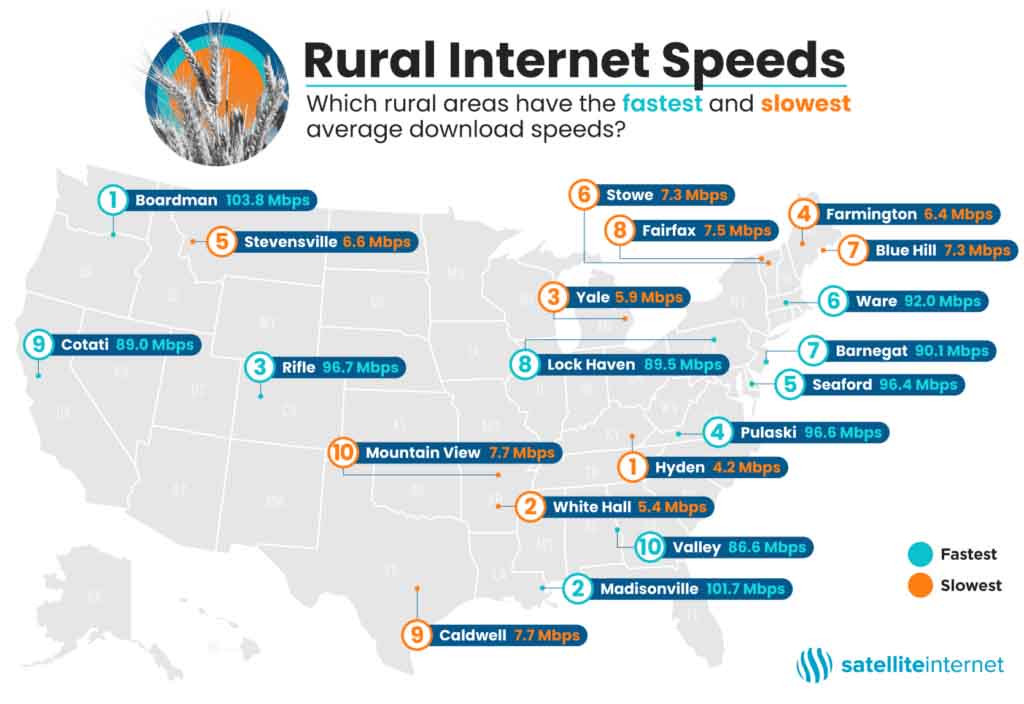As it currently stands, Starlink is our best pick for rural internet providers. As a satellite internet provider, there’s hardly anywhere in the U.S. where you can’t get their service, no matter how off-the-grid you are. Starlink offers the best speed and data out of the major satellite providers.
While we recommend Starlink if you have no other option, when you need faster speeds and lower latency, check out our other suggested rural internet options, such as CenturyLink DSL, Optimum, T-Mobile 5G Home Internet, and even Visible's mobile broadband data plan. We also have suggestions for rural gamers and tips on how to get the best performance out of whatever service you use.
We’ll help you decide what kind of service is right for you and what options are available for you for the best service and value. Use our location tool below to see which internet options are available in your rural area.
Reliable internet access brings opportunities for education, business, communication, and personal enrichment. Fortunately, most of rural America is closer than ever to having the same variety of internet choices that urban areas do.






